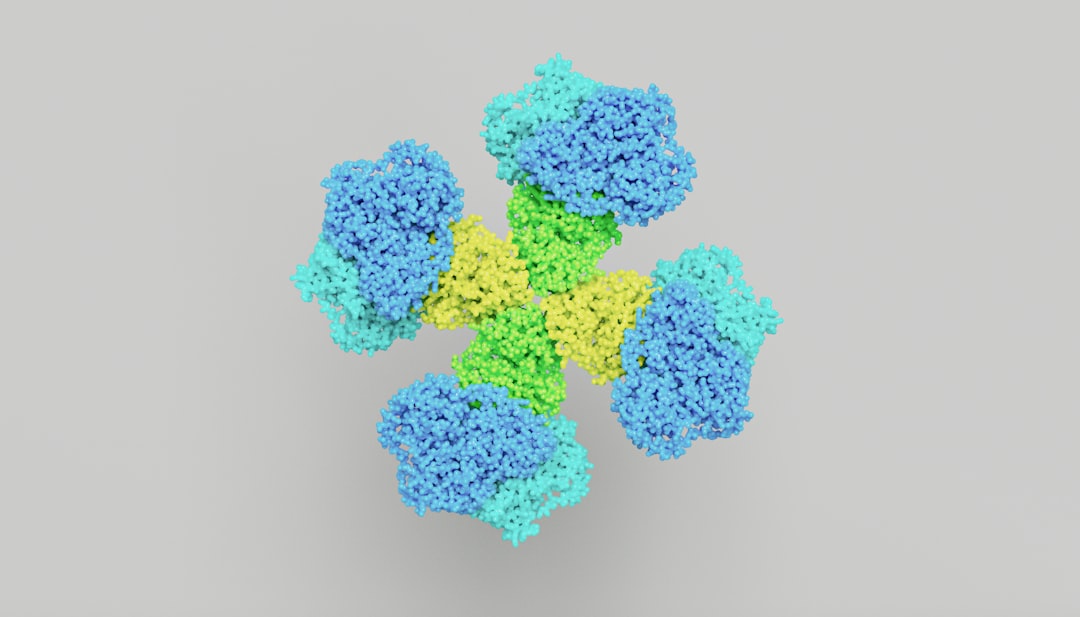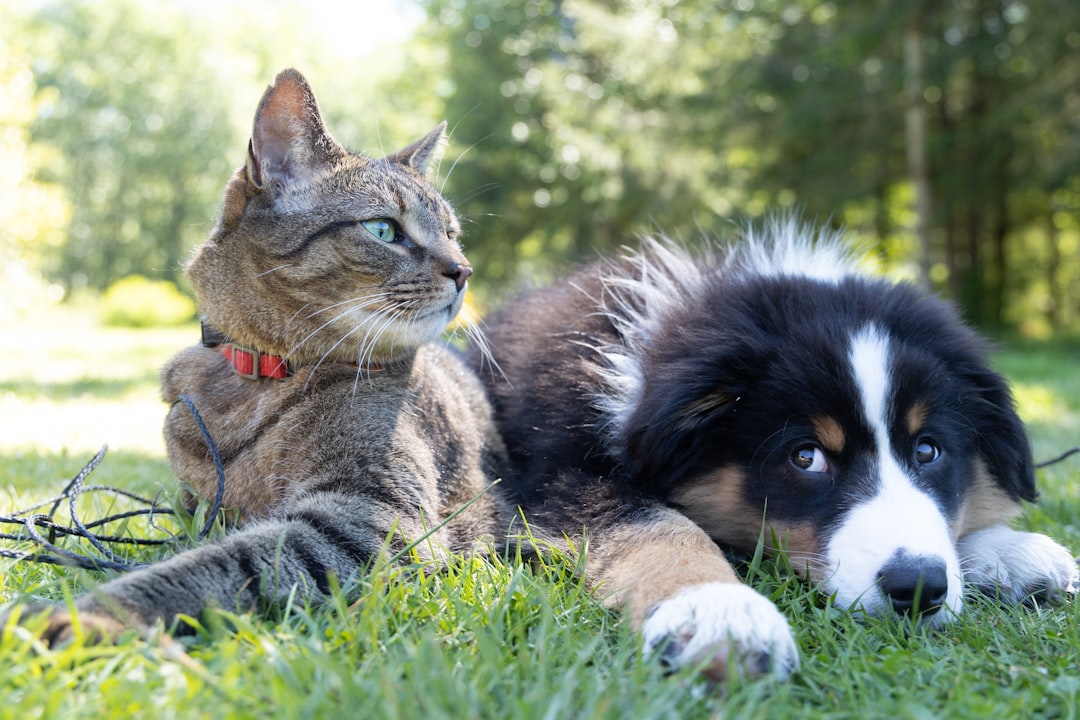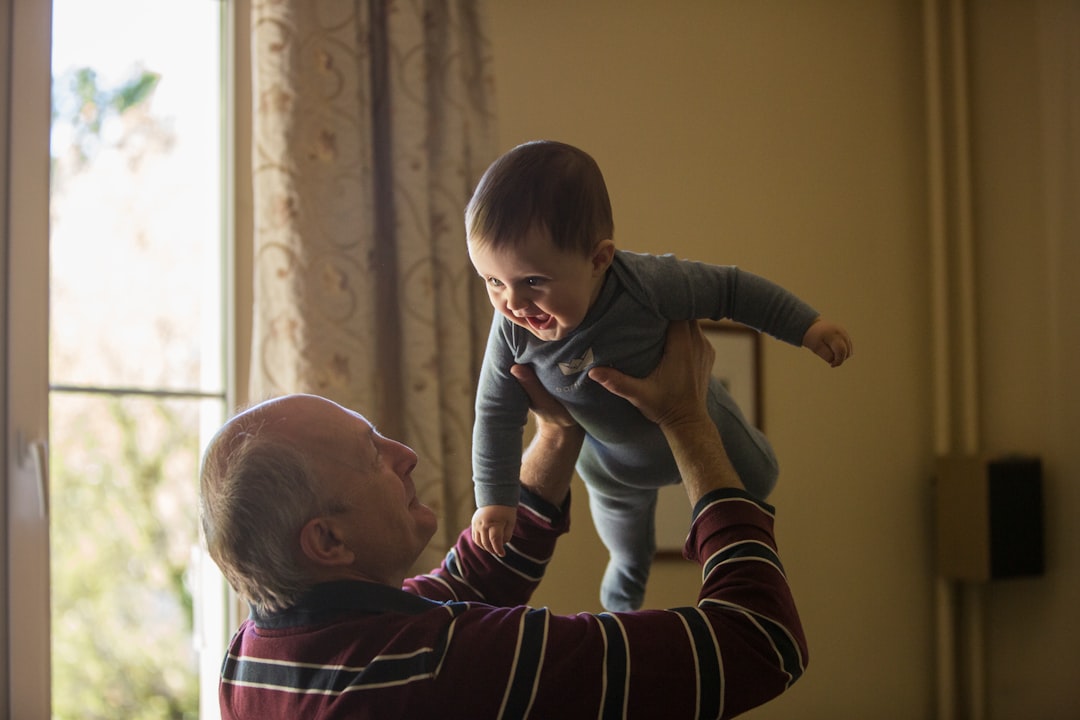What is it about?
We have a process for making cells that have no mitochondrial DNA (mtDNA) in them. An Tan noticed that if you left mtDNA-free breast cancer cells in a mouse for a long time, the cancer cells would eventually start growing. This growth was found to be related to the presence of mitochondrial DNA within the cells, and genetic testing allowed us to see that the mitochondrial DNA originated from the host (mouse), rather than the cancer cells. Our current working hypothesis is that this happened because there was transfer of mitochondria from the host to the cancer cells.
Featured Image
Why is it important?
This paper went through multiple rounds of peer review (through multiple journals), with some of the reasons for rejection being that reviewers couldn't believe that our working hypothesis was correct: that there was transfer of mitochondria from the host to the cancer cells. This phenomenon has been observed by other labs, and we have now shifted to investigating the conditions under which transfer occurs, and how that transfer is carried out. The impact of our publication on research around mitochondrial transfer has been substantial, both in terms of getting increased interest in the research and for demonstrating the benefit of funding this type of basic research.
Perspectives
This was the second Cell Press paper that I was on as a co-author in the space of one week in January 2015, the other being the teashirt paper I helped out with for the Bartscherer lab (doi: 10.1016/j.celrep.2014.12.018). I was brought on to help with mitochondrial genetics shortly after our research institute was accepted as an initial participating lab to test out the MinION DNA sequencer, which we used for this research project. A continued working relationship I had with Griffith University was beneficial in interpreting the IonTorrent sequencing results. The initial IonTorrent report suggested genetic variants that we believed to be impossible; I requested access to the raw data surrounding this and discovered a large chunk of the mitochondrial genome that was completely absent in the IonTorrent dataset, but present in our own MinION data. We used a combination of three generations of sequencing technology (Sanger, IonTorrent and MinION) to characterise mitochondrial genome variants for this paper.
Dr David A Eccles
Malaghan Institute of Medical Research
Read the Original
This page is a summary of: Mitochondrial Genome Acquisition Restores Respiratory Function and Tumorigenic Potential of Cancer Cells without Mitochondrial DNA, Cell Metabolism, January 2015, Elsevier,
DOI: 10.1016/j.cmet.2014.12.003.
You can read the full text:
Contributors
The following have contributed to this page










